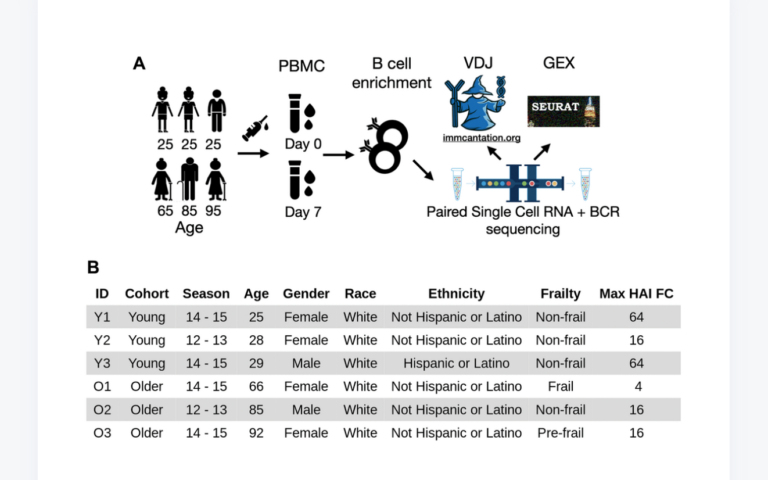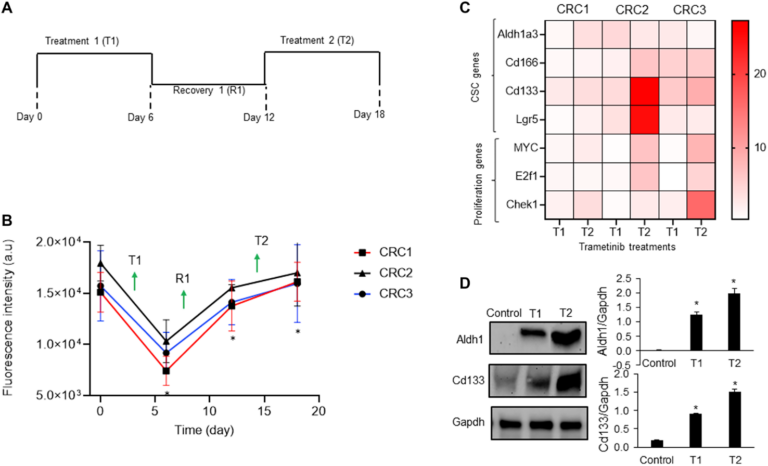“The present study is among few to examine racial/ethnic disparities in dementia risk and their related pathways […]. It is the first to do so in a UK population.”
BUFFALO, NY- October 11, 2023 – A new research paper was published in Aging (listed by MEDLINE/PubMed as “Aging (Albany NY)” and “Aging-US” by Web of Science) Volume 15, Issue 18, entitled, “Pathways explaining racial/ethnic and socio-economic disparities in dementia incidence: the UK Biobank study.”
Pathways explaining racial/ethnic disparities in dementia risk are under-evaluated. In their new study, researchers May A. Beydoun, Hind A. Beydoun, Marie T. Fanelli-Kuczmarski, Jordan Weiss, Michael F. Georgescu, Osorio Meirelles, Donald M. Lyall, Michele K. Evans, and Alan B. Zonderman from the National Institute on Aging, Fort Belvoir Community Hospital, Stanford University, and the University of Glasgow examined those disparities and their related pathways among UK Biobank study respondents (50–74 y, N = 323,483; 3.6% non-White minorities) using a series of Cox proportional hazards and generalized structural equations models (GSEM).
“The present study examines pathways that might explain racial, ethnic, and socio-economic disparities in AD or all-cause dementia in a large cohort study, the UK Biobank. Our study used several methodologies, including structural equation modeling coupled with survival analysis techniques to examine complex mediating effects between race, ethnicity, socioeconomic status, and dementia or AD [Alzheimer’s disease] risk in a sex-specific manner focusing on lifestyle, biological and cognitive pathways. It is also an attempt at replicating a previous study conducted among US older adults [24].”
Results: After ≤15 years, 5,491 all-cause dementia cases were diagnosed. Racial minority status (RACE_ETHN, Non-White vs. White) increased dementia risk by 24% (HR = 1.24, 95% CI: 1.07–1.45, P = 0.005), an association attenuated by socio-economic status (SES), (HR = 1.12, 95% CI: 0.96–1.31). Total race-dementia effect was mediated through both SES and Life’s Essential 8 lifestyle sub-score (LE8LIFESTYLE), combining diet, smoking, physical activity, and sleep factors. SES was inversely related to dementia risk (HR = 0.69, 95% CI: 0.67, 0.72, P < 0.001). Pathways explaining excess dementia risk among racial minorities included ‘RACE_ETHN(−) → SES(−) → DEMENTIA’, ‘RACE_ETHN(−) → SES(−) → Poor cognitive performance, COGN(+) → DEMENTIA’ and ‘RACE_ETHN(−) → SES(+) → LE8LIFESTYLE(−) → DEMENTIA’.
“Pending future interventions, lifestyle factors including diet, smoking, physical activity, and sleep are crucial for reducing racial and socio-economic disparities in dementia.”
Read the full paper: DOI: https://doi.org/10.18632/aging.205058
Corresponding Author: May A. Beydoun
Corresponding Email: baydounm@mail.nih.gov
Keywords: dementia, Alzheimer’s disease, health disparities, socio-economic status, structural equations, modeling
Sign up for free Altmetric alerts about this article: https://aging.altmetric.com/details/email_updates?id=10.18632%2Faging.https://doi.org/10.18632/aging.205058
About Aging: Launched in 2009, Aging (Aging-US) publishes papers of general interest and biological significance in all fields of aging research and age-related diseases, including cancer—and now, with a special focus on COVID-19 vulnerability as an age-dependent syndrome. Topics in Aging go beyond traditional gerontology, including, but not limited to, cellular and molecular biology, human age-related diseases, pathology in model organisms, signal transduction pathways (e.g., p53, sirtuins, and PI-3K/AKT/mTOR, among others), and approaches to modulating these signaling pathways.
Please visit our website at www.Aging-US.com and connect with us:
- SoundCloud
- X, formerly known as Twitter
- YouTube
- LabTube
Click here to subscribe to Aging publication updates.
For media inquiries, please contact media@impactjournals.com.

